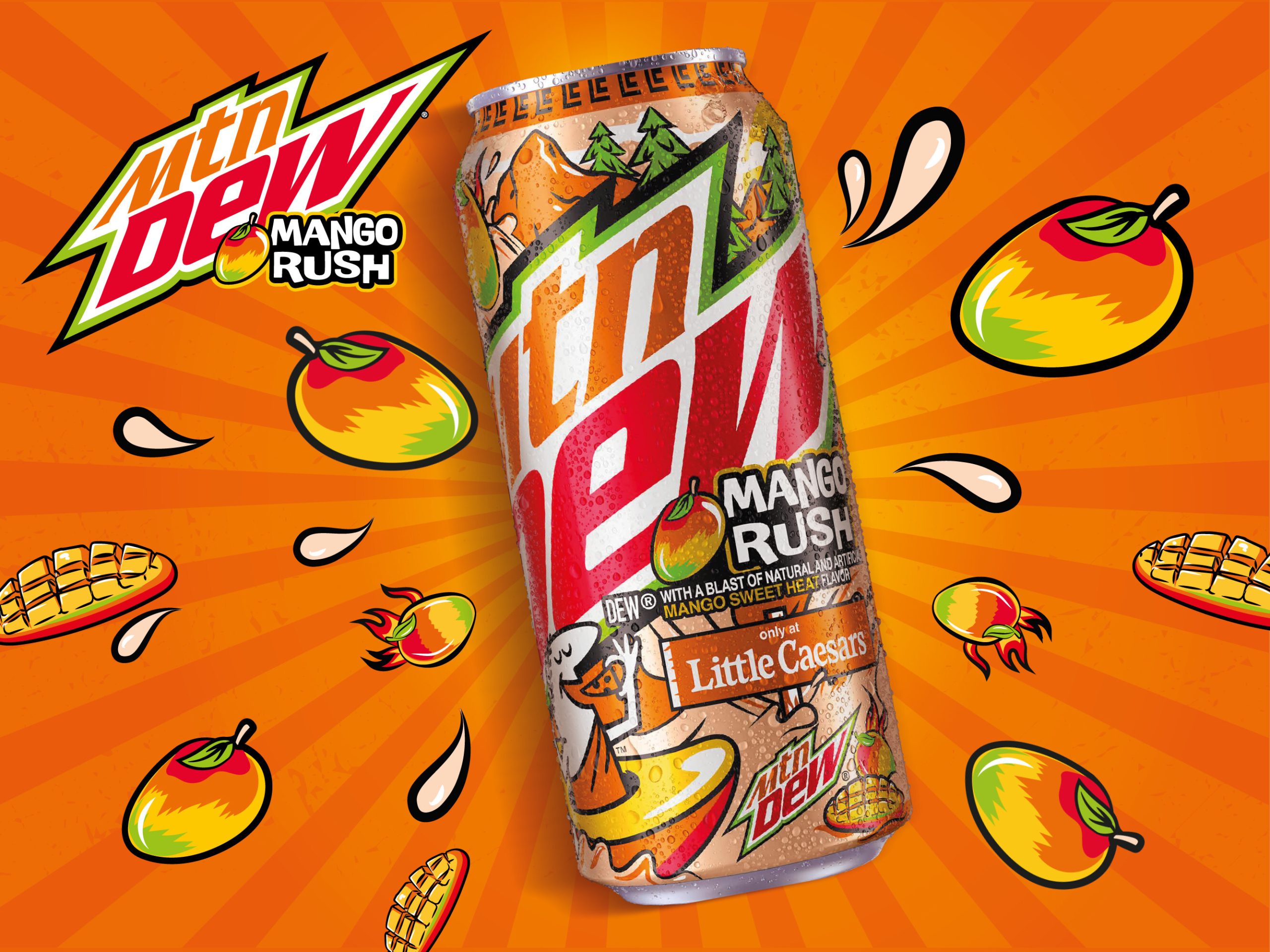The Unsettling History Behind Green Food on St. Patrick’s Day
While there are no doubt countless partygoers already filling up bars and demanding pints of green beer, the history behind green-colored food on St. Patrick’s day remains unknown to many.
In an illuminating piece by The Salt, historian Christine Kinealy points out that “green food has bitter connotations that recall the nation’s darkest chapter.” Kinealy notes that while more than a million Irish fled to avoid starvation during the Great Famine of the 1840, those who stayed behind were driven to desperate measures.
“People were so deprived of food that they resorted to eating grass,” she explains. “In Irish folk memory, they talk about people’s mouths being green as they died.”
While the sight of green-tinted cupcakes and cookies may conjure images of peppy leprechauns, it can be off-putting to someone like Kinealy who grew up in Dublin and County Mayo.
“Before I came to America, I’d never seen a green bagel,” the historian told The Salt. “For Irish-Americans, they think of dying food green, they think everything is happy. But really, in terms of the famine, this is very sad imagery.
Picthx Matthew Harvey






















